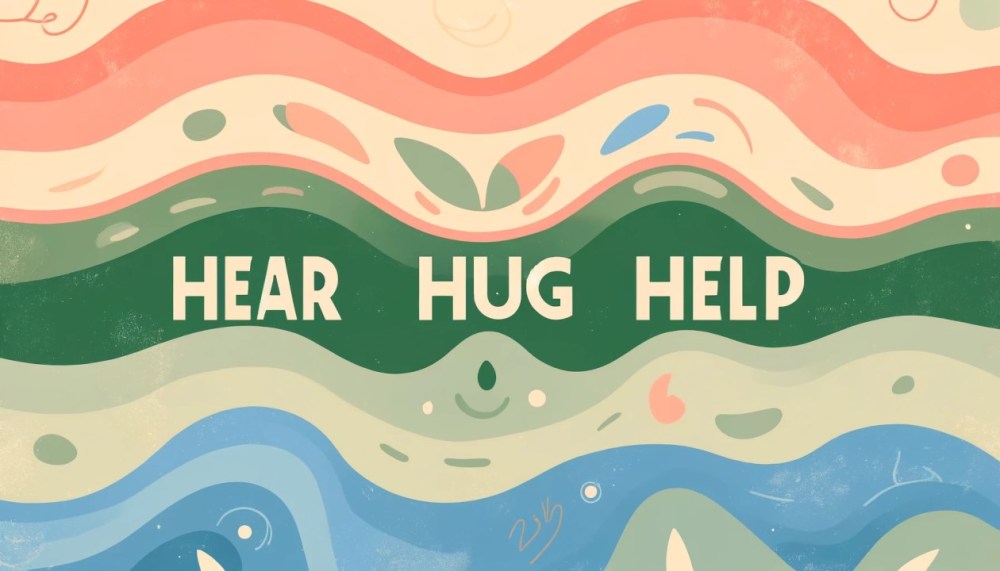COLUMN: Grey Matters – Hear, hug and help
Advertisement
When a person realizes he has been deeply heard, his eyes moisten. I think in some real sense he is weeping for joy. It is as though he were saying, “Thank God, somebody heard me. Someone knows what it’s like to be me.”- Dr. Carl Rogers
As a hospital spiritual care provider my vocation is to help patients and their loved ones in a time of upheaval. My goal is to help them maintain or find peace, purpose, hope and connection. Sometimes I can help with all four aspects, sometimes it is simply about connection. Patients appreciate having someone from the community come for a visit. Connections strengthen body and spirit.
For some people going to the hospital can be unnerving, but most of us will have loved ones to visit there sometimes. Here are three simple H’s that can guide your next visit: Hear, hug, help.

Hear. The first and more important thing you can provide is to come with a listening heart. To ask caring questions and let the person talk freely. Dr. Carl Rogers describes it as being in a state of “unconditional positive regard.” Unconditional positive regard “means temporarily living in their life, moving about in it delicately without making judgment… to be with another in this way means that for the time being you lay aside the views and values you hold for yourself in order to enter the other’s world without prejudice…a complex, demanding, strong yet subtle and gentle way of being.”
Dr. Rogers has done several studies which show how a safe connection and being heard by a caring person improves well-being. It feels good to be heard, to be known, to be recognized. Being able to talk freely helps the person in crisis to reflect on their life and find clarity. It is amazing how confusion and anxiety subside when one feels heard.
Hug. When appropriate, the human touch can be so good for well-being. Hospital patients and long-term care residents do not get a lot of caring hugs. Just when they need it the most, a hospital bed or wheelchair keeps people away. Every week I see amazing healthcare workers that provide a gentle touch and sometimes even a good hug. Scientists have determined that a 20-second hug is the optimal length to release significant oxytocin, reduce stress, lower blood pressure, and to create connection and security. Twenty seconds is a long time, the average hug is just three seconds. Be sure to have the person’s permission. If a hug is not possible, holding hands, a tap on the shoulders or foot can also be good if the patient is ok with it.
Help. This is the practical H. There are many little things one can do to help someone in the hospital or long-term care home. A special coffee or treat, flowers or something to put on the wall, or a puzzle book to pass some time. While visiting, see if they need help drinking water, read the Daily Bread meditation to them, or help them get comfortable. Rather than abstract statements like ‘let me know if you need any help’, be concrete with your offer, ‘what can I help with at your house, can I take your dog for a walk?’. Jesus was practical too, ‘When you provide help to a person in need, you are helping me’ (see Matthew 10:40-42).
